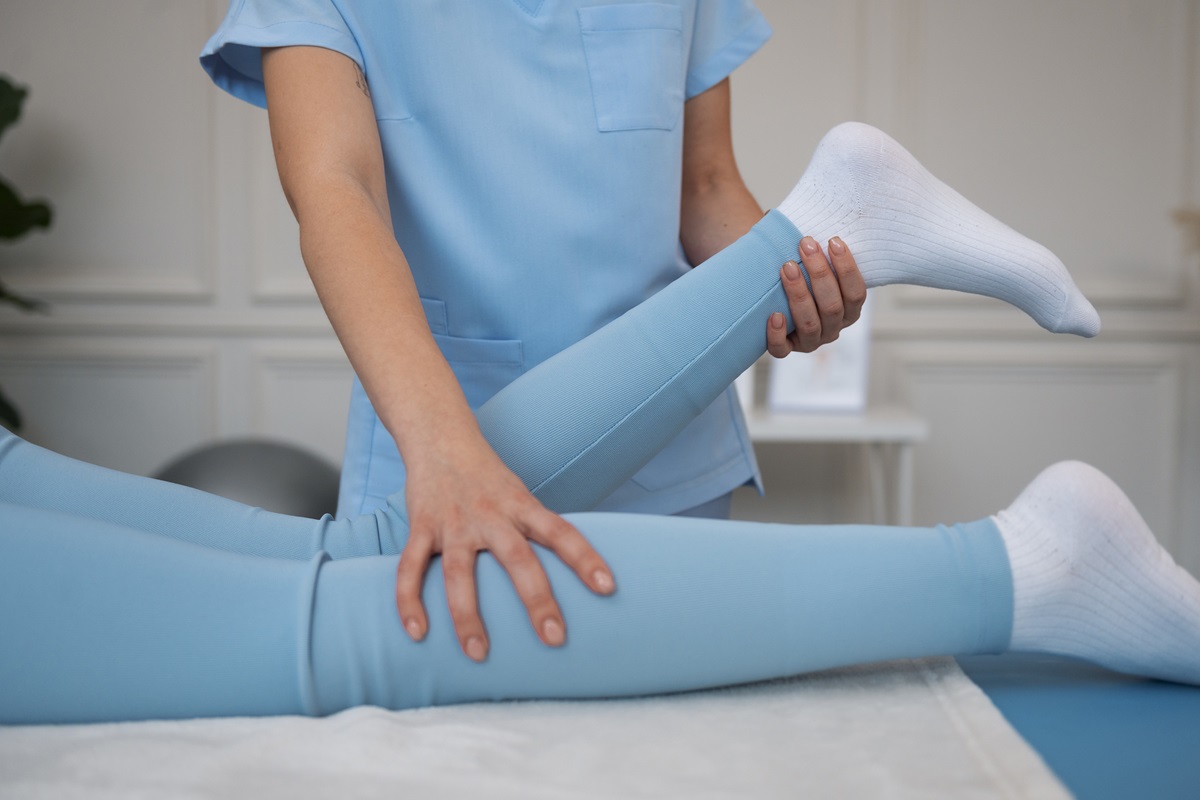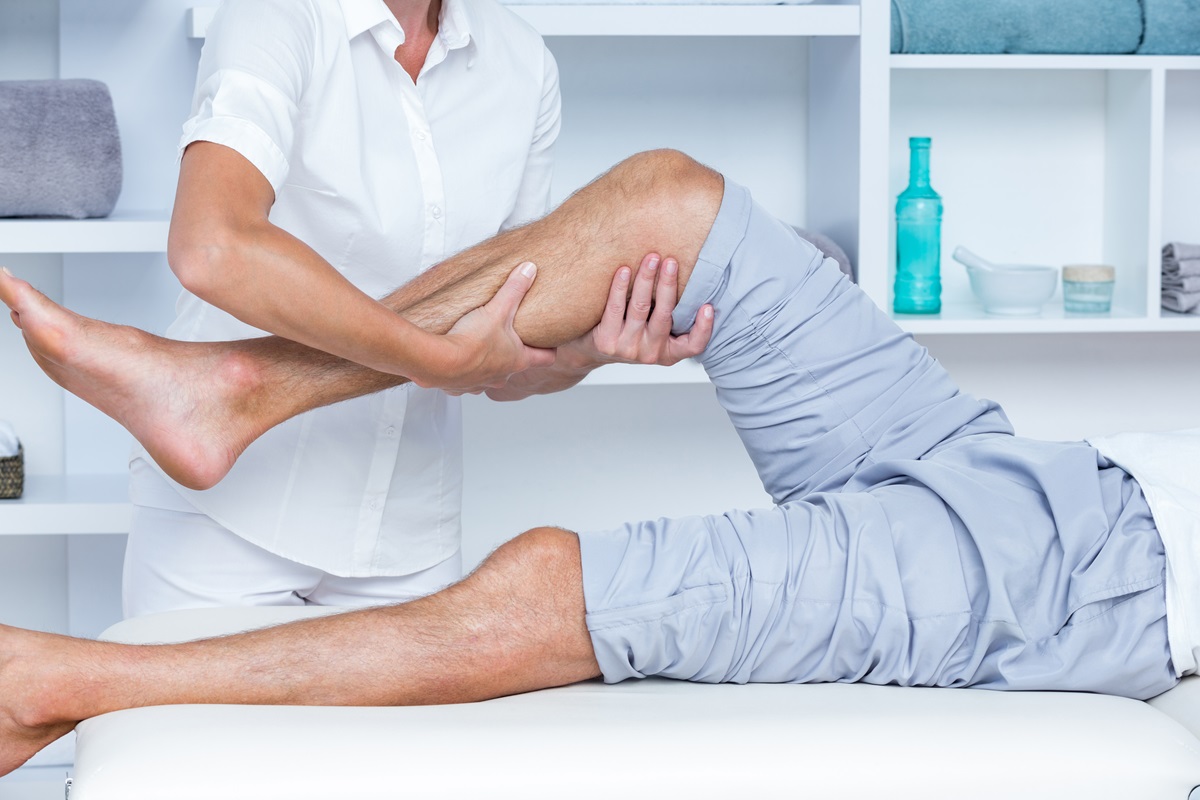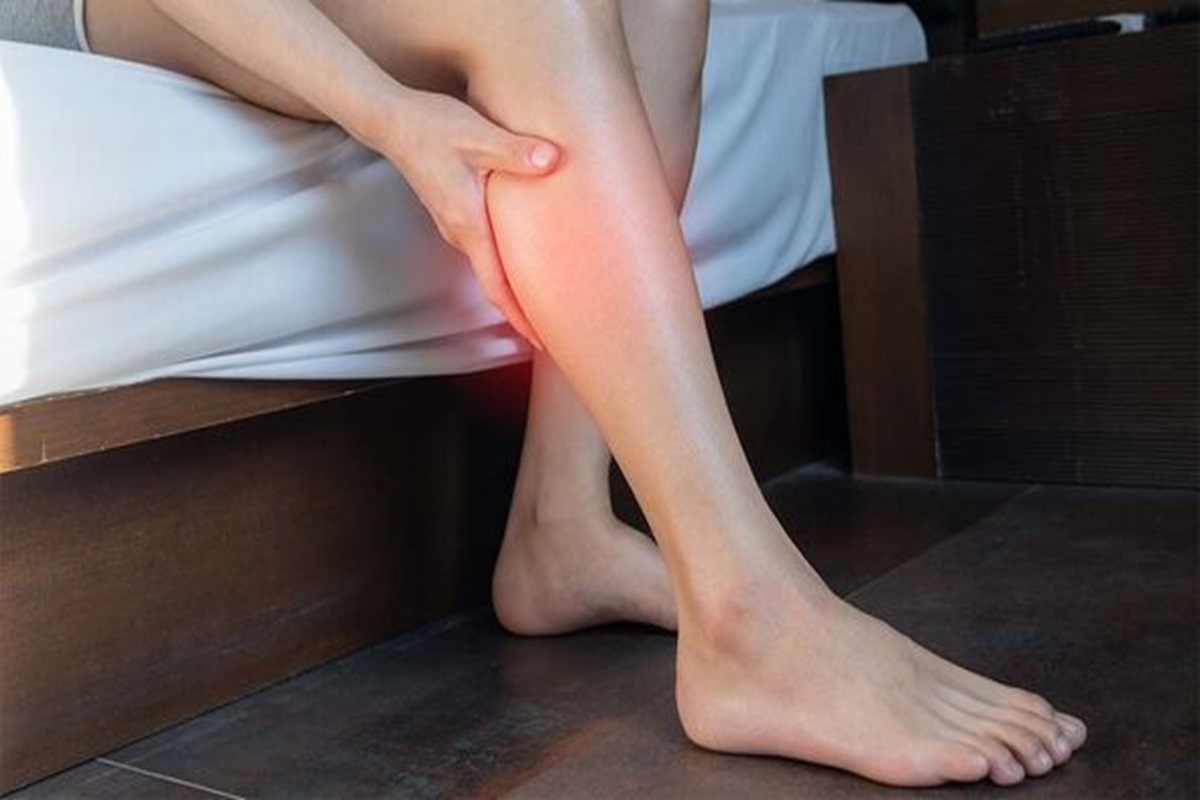Leg pain is a common issue, but not all leg pain is harmless. Sometimes, it signals deeper problems such as vascular disease, nerve damage, or even deep vein thrombosis (DVT). This blog will guide you in recognizing when to worry about leg pain, how to take immediate action, and how Backcountry Physical Therapy can help with lasting relief.
Is Your Leg Pain Normal or Concerning?
Many people experience leg pain after exercise, work, or standing for long periods. But when leg pain comes with other signs like redness, swelling, or a change in colour of the leg, it could indicate a serious issue. Understanding when to worry about leg pain helps catch problems like peripheral artery disease (PAD), cellulitis, or muscle and tendon injuries early.
Acute vs. Chronic: Timing Matters
Pain that appears suddenly after an injury could be due to fractures, muscle strains, or minor injuries. Chronic pain that lingers for weeks may result from rheumatoid arthritis, gout, or musculoskeletal conditions. Pay attention to pain that worsens over time—this could signal chronic complications that require a referral to a vascular specialist or podiatrist.
Pain Type & Pattern – What It Could Mean
Pain that is dull and achy might come from joint problems or muscle cramps, while sharp or burning pain could mean sciatica or nerve damage. Claudication, which causes cramping pain during walking, is a key sign of lower limb circulation problems. Leg pain that feels worse at night might be linked to restless-legs syndrome or restless leg symptoms.
When Pain Signals Serious Conditions (DVT, PAD, Compartment Syndrome)
Deep vein thrombosis (DVT) can lead to pulmonary embolism, a life-threatening complication. Watch for tenderness, shiny, blotchy skin, or swelling in one leg. Peripheral artery disease (PAD) reduces lower limb circulation and can cause open sores or ulcers that don’t heal. Compartment syndrome causes increased pressure in muscles, leading to numbness or tingling, and in severe cases, permanent leg nerve damage.
Warning Signs: When to Seek Medical Help Immediately
It’s crucial to know the red flags that mean you need emergency care. Not all leg pain is urgent, but some symptoms suggest something serious is happening in your body. Being aware of when to worry about leg pain can help you avoid severe complications.
Sudden Severe Pain or Swelling
If you experience sudden, severe or persistent pain, especially with visible swelling in the legs, it could be a clot or vascular disease. This could require urgent evaluation and even balloon angioplasty, bypass, or other interventions by a vascular surgeon.
Leg Pain with Redness, Warmth, Fever (DVT Risks)
Fever, redness, and warmth in one leg are classic deep vein thrombosis (DVT) symptoms. These signs of infection must be addressed immediately. A missed diagnosis could lead to serious conditions like a pulmonary embolism.
Pain That Wakes You, Doesn’t Improve with Rest
Night pain or discomfort that remains after rest could suggest compartment syndrome, infections, or a serious vascular issue. This is a clear case when to worry about leg pain and contact an emergency room or medical provider.
Numbness, Weakness, or Foot Drop
If your leg feels weak, or you experience numbness or tingling, it may be due to sciatica, leg nerve damage, or pressure on the spine. Foot drop is especially concerning and should prompt an immediate referral to a specialist.
How to Get Rid of Leg Pain Immediately – At-Home First Aid
When leg pain strikes, knowing what to do in the moment can bring quick relief. Whether it’s due to overuse, injury, or swelling, there are proven strategies for relief. Here’s how to get rid of leg pain immediately using safe, effective at-home methods.
RICE Method: Rest, Ice, Compression, Elevation
The RICE method is a trusted first aid solution. Rest your leg to reduce further injury. Apply ice for 15–20 minutes to control swelling. Use a compression bandage to manage inflammation, and raise your leg to improve circulation and reduce fluid buildup.
Over-the-Counter Relief & Cautions
Over-the-counter pain relievers like ibuprofen help with inflammation. Topical pain relief products like gels or creams can target specific areas. However, avoid overuse of painkillers without medical guidance, especially if your pain is related to vascular disease or coagulation cascade issues.
Gentle Stretches & Mobilizations You Can Do Now
Start with muscle stretching for the calves, hamstrings, and thighs. Gentle mobilization improves lower limb circulation. Add massage and mindfulness meditation techniques to ease muscle tension and reduce stress-related leg cramps.
When to Start Moving vs When to Rest
Mild muscle cramps and muscle and tendon injuries often benefit from light movement. But rest is needed when dealing with joint problems, swelling, or symptoms related to DVT, PAD, or compartment syndrome. Use a symptom checker or Speak with PT to determine the best course.
Role of Physical Therapy for Leg Pain

Physical therapy for leg pain is not just about treating discomfort—it’s about solving the underlying cause. Whether your pain is due to overuse, posture issues, or circulation problems, physical therapy offers proven, long-term solutions. Backcountry Physical Therapy provides expert care tailored to mountain athletes and active lifestyles.
Physical therapy has been shown to be highly effective for addressing leg pain, with improvement rates typically falling between 68% and 72%. Around 79% of patients report noticeable pain reduction after engaging in therapy. However, outcomes can vary based on patient follow-through, individual characteristics, and the underlying cause of the pain.
Assessment: Finding the Root Cause (not just symptoms)
Physical therapists perform detailed exams to find what’s causing your pain. It might be weak glutes, tight calves, or vascular disease affecting lower limb circulation. They will also consider pregnancy, chronic conditions, or even past leg bypass surgeries.
Hands-on Techniques: Mobilization, Dry Needling
These non-invasive methods can quickly reduce symptoms. Dry needling helps relax tight muscles. Joint mobilization restores function in affected areas, helping with conditions like claudication, restless leg, and muscle and tendon injuries.
Targeted Exercises: Strength, Flexibility, Biomechanics
A custom physical therapy service includes exercises that address imbalances. Stretching and strengthening correct poor movement and reduce risk of future pain. A supervised exercise program is ideal for those recovering from angioplasty, vascular surgery, or gout.
Ongoing Maintenance vs One-off Sessions
Healing takes time, especially with chronic conditions like rheumatoid arthritis or varicose veins. Long-term plans prevent setbacks and build strength. Regular check-ins at Backcountry Physical Therapy ensure progress is tracked and optimized.
Specific Conditions in Focus
Different types of leg pain have different causes. Identifying what’s behind your pain is key to finding the right treatment. Here are some of the most common conditions treated with physical therapy for leg pain.
Shin Splints & Stress Fractures
Pain along the shin, especially during running or hiking, may be shin splints. If ignored, they can become stress fractures. PT corrects movement patterns and builds bone strength with low-impact training.
Exercise-related leg pain (ERLP) refers to discomfort that appears between the knee and ankle during physical activity. It’s commonly seen in athletes or individuals who ramp up training too quickly. Recognizing ERLP early and managing it with proper technique and recovery strategies is key to preventing it from becoming a chronic issue.
Sciatica & Neurogenic Claudication
These conditions cause pain down the leg from nerve compression. Claudication from PAD and neurogenic claudication from spinal narrowing often present similarly. Physical therapy relieves pressure and teaches safe movement techniques.
Vascular Issues: PAD, Venous Insufficiency
Peripheral artery disease (PAD) and venous insufficiency reduce blood flow to the legs, causing fatigue and open sores. PT focuses on improving circulation through movement, posture, and referrals for balloon angioplasty if needed.
Compartment Syndrome & Chronic Exertional Pain
Tightness, pressure, and numbness or tingling during or after activity are hallmark signs. Compartment syndrome requires immediate attention, and chronic exertional compartment syndrome benefits from careful rehab.
Prevention Strategies – Say Goodbye to Leg Pain
Preventing leg pain is possible with the right daily habits. From exercise to shoes, small changes can make a big difference. Let’s explore how to stop leg pain before it starts.
Proper Warm-up, Cool-down & Footwear
Warm up muscles with dynamic stretches to prevent muscle strains. Cool down with light walking or foam rolling. Choose proper shoes to avoid blood vessel narrowing and improve body alignment.
Gradual Training Load & Recovery Habits
Build up your activity levels slowly to avoid overuse injuries. Recovery is just as important as workouts. Use anti-inflammatories and massage when needed, and remember to stretch your muscles.
Strength & Stability for Injury Resistance
Strong legs are less prone to injury. Incorporate stability drills and resistance training to prevent leg cramps and muscle cramps. Backcountry Physical Therapy builds personalized plans to fit your sport and lifestyle.
Regular Check-ins with Specialists
See a podiatrist, vascular specialist, or Speak with PT if you notice recurring symptoms. Early action helps avoid complications like wounds that won’t heal, ulcers, or open sores.
Take Action – Choosing Physical Therapy That Works

Taking action now can save you from long-term leg pain. Backcountry Physical Therapy offers expert physical therapy service rooted in evidence-based care. Whether you’re an athlete or simply want to walk pain-free, they have a plan for you.
What to Expect in Your First PT Visit
You’ll discuss your goals, medical history, and activity level. Expect strength and mobility testing to identify weak points. Your PT may look for signs of vascular disease, leg nerve damage, or joint problems.
Custom Vs. Generic Exercise Plans
No two bodies are the same. Personalized care targets your specific needs, whether you’re healing from angioplasty, coping with pregnancy-related leg pain, or managing chronic conditions like restless-legs syndrome.
Success Metrics: Recovery, Strength & Return to Activity
At Backcountry Physical Therapy, success means less pain, more strength, and better function. You’ll be able to track progress through clear benchmarks and return to your favorite activities confidently.
Conclusions
Knowing when to worry about leg pain can save your health and mobility. Whether your pain is mild or severe, the right treatment makes all the difference. With expert help from Backcountry Physical Therapy, you can find relief, regain strength, and enjoy your life without pain.
FAQs
How do I know if leg pain is serious?
Serious signs include swelling, redness, numbness or tingling, or pain that doesn’t go away. If you’re unsure, use a symptom checker or Speak with PT to get clarity fast.
What are red flag symptoms of leg pain?
Watch for sudden, severe or persistent pain, open sores, or signs of deep vein thrombosis (DVT) like warmth, fever, and swelling. These are urgent reasons when to worry about leg pain.
What is the fastest way to relieve leg pain?
Try the RICE method, gentle stretching, and over-the-counter pain reliever options. Learn how to get rid of leg pain immediately with guidance from a physical therapy service like Backcountry Physical Therapy.



